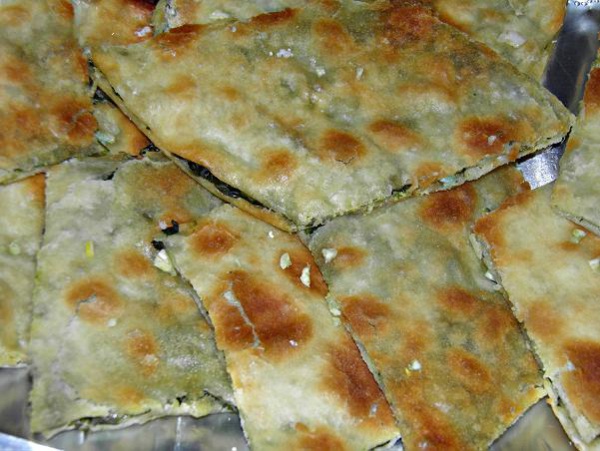Facts About Soparnik
Soparnik is a cherished traditional pie originating from the Dalmatian region of Poljica, Croatia. This delectable dish features a simple yet flavorful filling consisting of Swiss chard, onions, and parsley, encased between layers of basic dough. It is sometimes referred to by alternative names such as soparnjak, zeljanik, or uljenjak.
Historically, soparnik was a winter delicacy, best enjoyed when Swiss chard was at its sweetest. Although the classic version is savory, there are also sweet variations that include ingredients like nuts, dried fruits, or even caramel.
This recipe dates back to the Ottoman period and stands as a true cultural treasure of the region. In 2016, the European Commission recognized soparnik as an intangible cultural heritage of Croatia with a specified geographical origin. Additionally, the Croatian Ministry of Culture, in conjunction with the "Poljički soparnik" society, has designated it as an intangible cultural heritage.
The process of making soparnik involves several steps. First, thoroughly clean and dry the chard leaves. Then, mix them with onions, parsley, and seasonings. The dough is prepared from flour, salt, olive oil, and water, and is rolled out thinly. The filling is placed between two layers of dough, forming a pie, which is then baked on a heated hearth or in an oven until the filling is cooked and the crust turns golden brown. Once baked, it is brushed with olive oil and garlic and cut into diamond-shaped pieces for serving.
Soparnik is more than just a dish; it is a piece of history. It is celebrated at festivals and events, and can be found in restaurants and markets throughout the region. Its unique flavors and cultural significance make it a true icon of Croatian cuisine.

 Serbia
Serbia